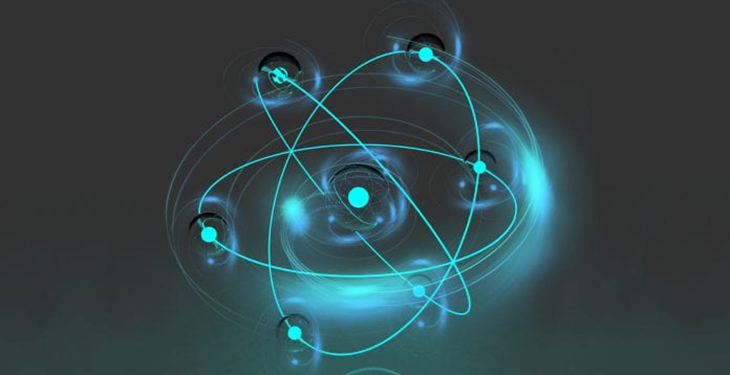The International Atomic Energy Agency (IAEA) carried out, at the end of August, at the request of Nuclearelectrica, a SEED (Site and External Events Design) mission in Romania to evaluate the process that was followed in choosing the first site for a small modular reactors plant, in Doicesti, Dâmboviţa county.
“With the aim of having a very safe and robust SMR project in Romania, SN Nuclearelectrica SA requested the International Atomic Energy Agency (IAEA) SEED mission for an objective, independent and specialized evaluation of the site selection process for the SMR, at Doicesti , Romania. The IAEA SEED mission, which took place at the end of August and lasted three days, assessed how Romania conducted the SMR site selection process against IAEA nuclear safety standards, including the potential impact of external events on a site, such as tsunamis, earthquakes and floods, etc. The mission team was made up of three experts from Germany, Turkey and the United Kingdom,” a statement from Nuclearelectrica reveals.
SEED missions assist IAEA Member States at various stages of developing a nuclear programme, including site selection review, site assessment and the design of structures, systems and components, taking into account potential external and internal site-specific risks.
“We invited the IAEA to carry out the SEED mission, as it is a priority for us to build a state-of-the-art SMR project in Romania, in full compliance with the highest security standards, as we have done in the 25 years we have operated the Cernavoda nuclear power plant. With the continued support of the IAEA, our experience in siting and building the first SMR can be used by other countries that intend to build SMRs. SNN is ready to share our experience in strategic and technical aspects of the implementation projects of small modular reactors,” said Cosmin Ghiţă, CEO of Nuclearelectrica.
According to Paolo Contri, head of the analysis team and head of the External Events Division within the IAEA’s Department of Nuclear Security and Nuclear Safety, this comprehensive analysis will provide assurances to the Romanian public and not only regarding the selection of the SMR site.
“The recommendations made will help Romania prepare for SMR construction by ensuring that potential issues associated with site security are carefully considered early in the process and that alternative sites are available if the selected site does not meet the requirements based on the characterization details of the site. It is important that potential external risks are identified early to allow adequate consideration and assessment of protective measures that may be required,” said Contri.
The IAEA team appreciated the effort made by SNN to carry out an objective, feasible and security-oriented site selection process in Romania. The site selection process is documented in a preliminary SNN report, which will be followed by the FEED study (Preliminary Engineering and Design Study), with a limited amount of additional work required for sensitivity analysis and confirmatory data collection, as suggested in the SEED mission report, along with detailed recommendations on minimizing project risks.
The team provided some recommendations to support the optimization of the site selection process, which are already being implemented by SNN. In particular, the IAEA team recommended that: all data be collected in a site selection summary report, in accordance with the recommendations issued in the IAEA Security Guide SSG-35, to provide traceable support for subsequent decisions and for site evaluation phases; to apply an appropriate step-by-step approach for the specific technology selected for the SMR to be implemented to meet the overall safety objectives, with guidance on the IAEA’s classification approach provided; to implement a possible additional stage of data collection for the selection process – through limited additional investigations and monitoring – for the preferred sites, as back-up solutions, focused on the most differentiating selection criteria.
